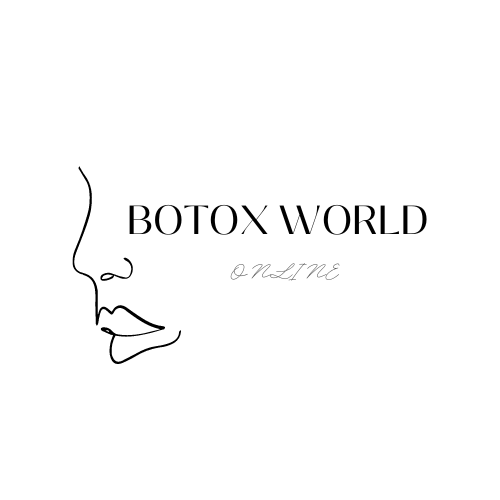Frequently Asked Questions about Botox and Dermal Fillers
1. What are Botox and dermal fillers?
Botox and dermal fillers are cosmetic treatments used to enhance and rejuvenate the appearance of the face. Botox is a purified form of botulinum toxin that temporarily relaxes the muscles responsible for causing wrinkles and fine lines. Dermal fillers, on the other hand, are injectable substances that add volume and smooth out wrinkles, folds, and contours of the face.
2. How do Botox and dermal fillers work?
Botox works by blocking the nerve signals that cause muscle contractions, preventing the muscles from contracting and forming wrinkles. Dermal fillers, on the other hand, work by adding volume to areas that have lost elasticity and plumpness due to aging. They fill in wrinkles and fine lines, restoring a more youthful appearance.
3. What areas can be treated with Botox and dermal fillers?
Botox is commonly used to treat wrinkles and fine lines in the forehead, between the eyebrows (frown lines), and around the eyes (crow’s feet). Dermal fillers can be used to enhance the lips, fill in nasolabial folds (lines from the nose to the mouth), restore volume to the cheeks, and improve the appearance of hollows under the eyes.
4. Are Botox and dermal fillers safe?
When administered by a qualified and experienced professional, Botox and dermal fillers are generally safe. However, it is essential to choose a reputable provider who understands the proper techniques and uses high-quality products. It is also important to disclose any medical conditions or allergies to ensure the treatment is suitable for you.
5. How long do the results of Botox and dermal fillers last?
The results of Botox typically last around 3 to 4 months, while dermal filler results can vary depending on the type of filler used. Some fillers can last up to 6 months, while others can last up to 2 years. Regular maintenance sessions are usually required to maintain the desired results.
6. Are Botox and dermal filler injections painful?
Most patients experience minimal discomfort during Botox and dermal filler injections. The needles used are very fine, and a topical anesthetic or ice can be applied to numb the treatment area for added comfort. Many dermal fillers also contain lidocaine, a local anesthetic, to further minimize any discomfort.
7. Are there any side effects or risks associated with Botox and dermal fillers?
As with any medical procedure, there are potential side effects and risks with Botox and dermal fillers. Common side effects may include redness, swelling, bruising, or mild pain at the injection site. These effects are usually temporary and subside within a few days. In rare cases, more serious complications such as infection or allergic reactions may occur. It is important to discuss any concerns with your provider before undergoing treatment.
8. Can Botox and dermal fillers be combined with other treatments?
Yes, Botox and dermal fillers can be combined with other cosmetic treatments to achieve more comprehensive results. For example, they can be used in conjunction with laser treatments or chemical peels to address various skin concerns and optimize the overall outcome.
9. How long does a Botox or dermal filler treatment session take?
The duration of a Botox or dermal filler treatment session can vary depending on the areas being treated and the extent of the treatment. Typically, a session can take anywhere from 15 to 60 minutes, including preparation and the injection process.
10. Is there any downtime after Botox or dermal filler injections?
One of the advantages of Botox and dermal fillers is that there is minimal to no downtime. Some patients may experience slight redness, swelling, or bruising at the injection site, but these effects are usually mild and resolve quickly. You can usually resume your daily activities immediately after the treatment.
